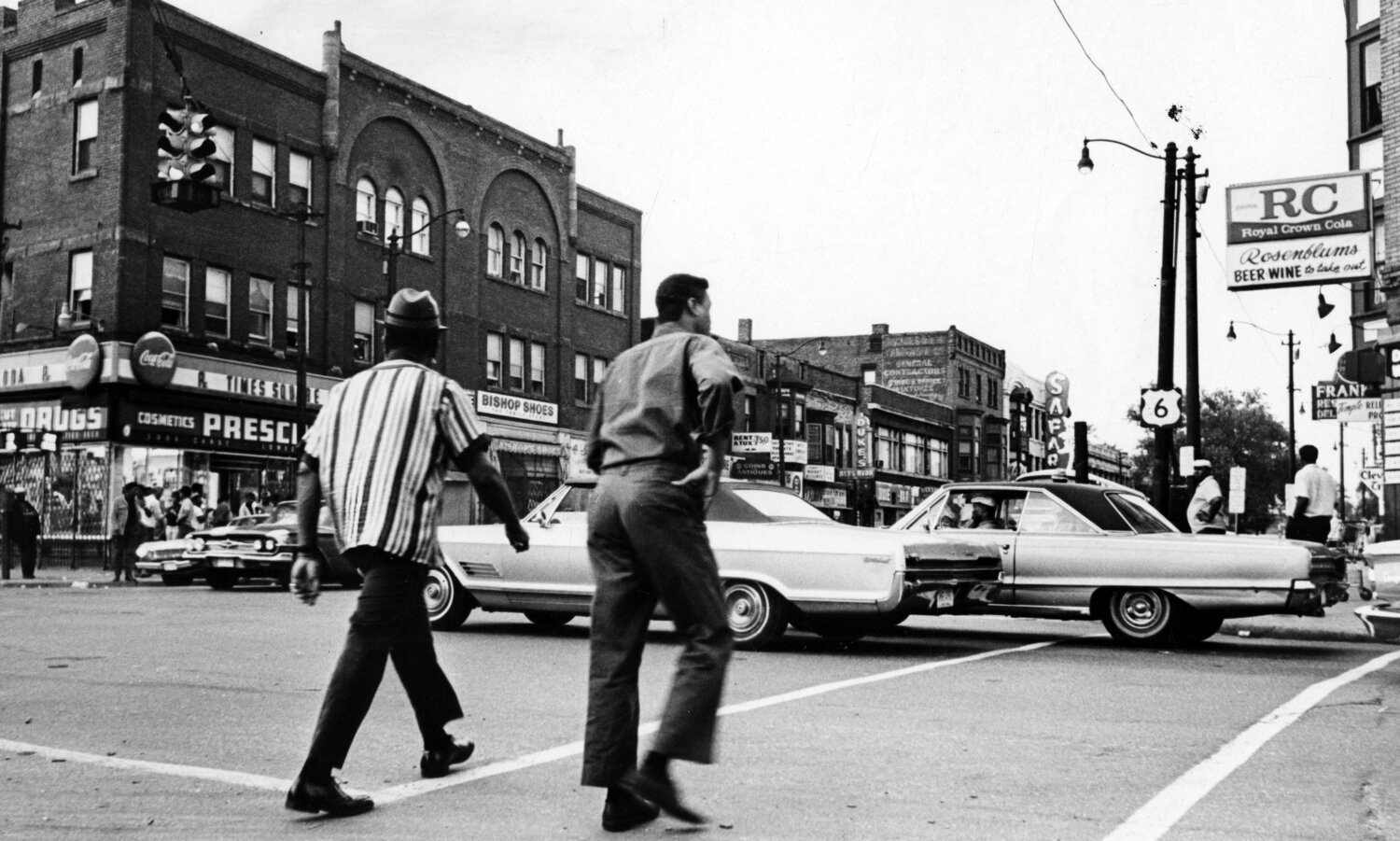
(re)Creating the Vibes of Cleveland’s Black East Side
Chocolate City Cleveland (CCC) is a multigenerational, multimedia, multidisciplinary experiment intended to preserve our collective memory of a better past, as to imagine a brighter future for Cleveland’s Black neighborhoods. It is an exercise in community collaboration. It is a creative labor of love.
Many of the folks who remember the thriving, connected, predominantly Black communities in “The Hood” are aging or joining The Ancestors. Their stories will be lost forever if we don’t capture them now. We don’t want to celebrate only the Big Names (politicians, faith leaders, business leaders, celebrities). Rather, we want to uplift the many everyday history-makers in our community whose stories shed light on what these neighborhoods—the physical landmarks, events, people, culture, and rituals—once were and might become again.
CCC’s various components or modalities are intended to liberate history from the institutional archives by :
The CCCMap: Documenting how Black folks understand the map of the East Side—the places we value, the places we feel safe, the places we create joy + community;
The Archive: Curating primary sources + cultural artifacts that represent the Black experience in Cleveland; and
The Conversation: Hosting lunches featuring guest speakers in order to commune with Glenville residents and build intergenerational relationships
The Memory Bank: Establishing a growing library of new oral histories that capture stories from the people who live[d], work[ed], and pray[ed] on the Black East Side.
This creative + collaborative endeavor is intended to uplift the joy of the neighborhoods that constitute the Black East Side with the folks that call this community home–both young, and old; current residents, and natives seeking reason to return. We want to change mindsets about city planning and community + economic development in disinvested Black neighborhoods by bringing to life the vitality of their past so as to imagine a better future. We want to inform our ongoing praxis of community collaboration—doing with, not for.
